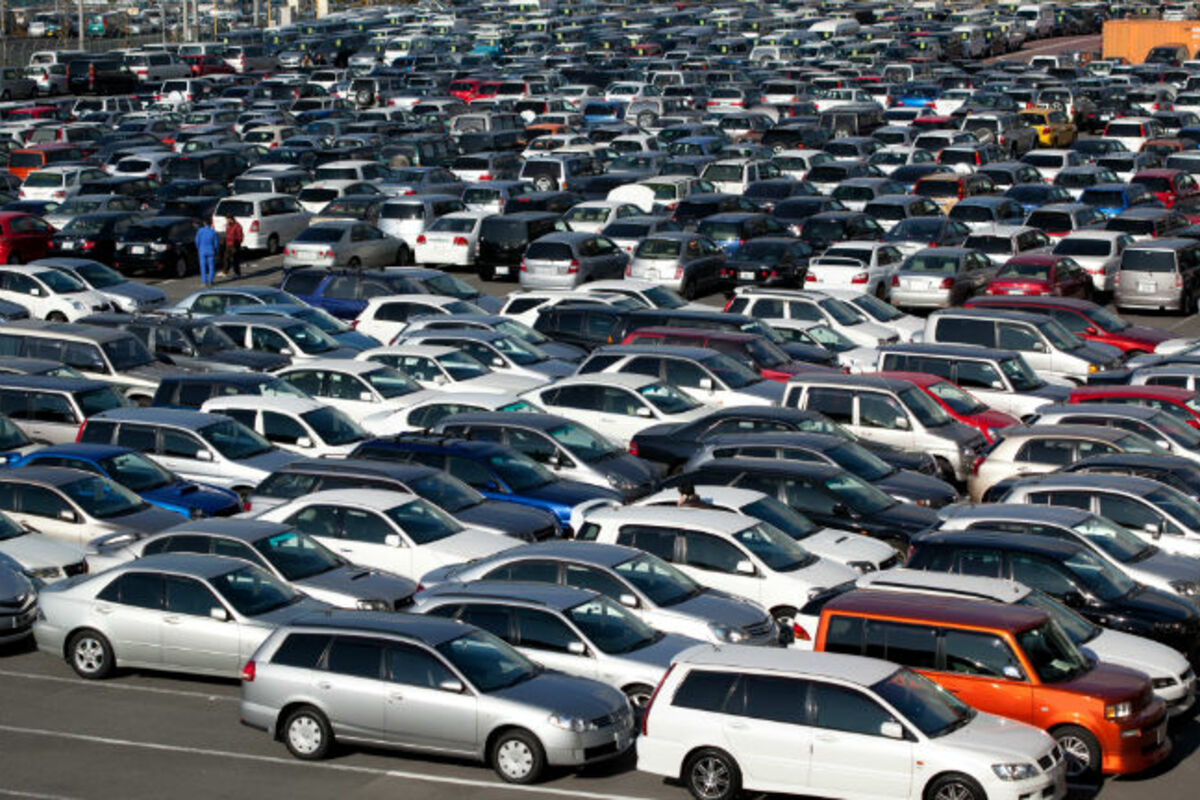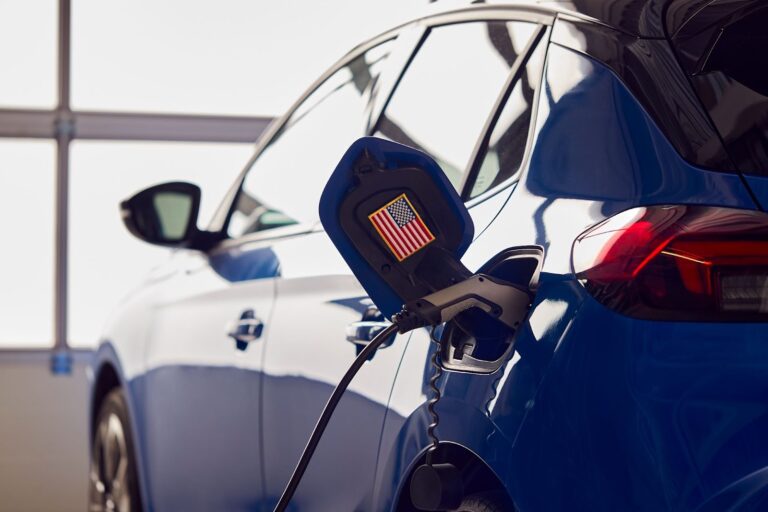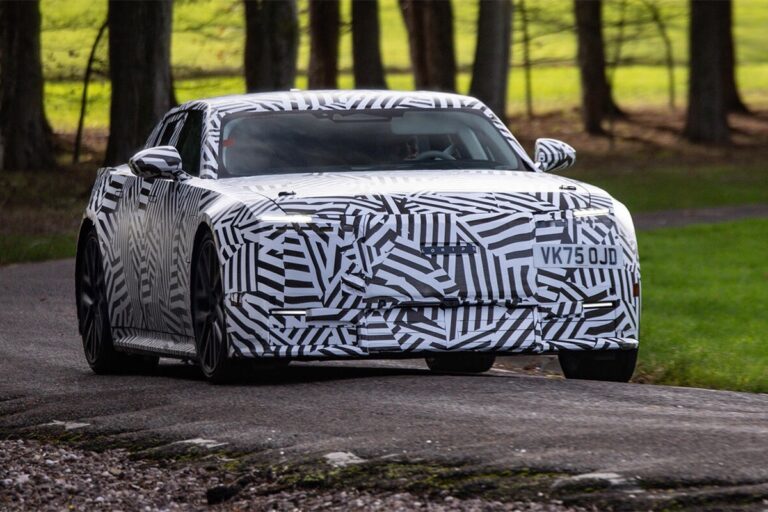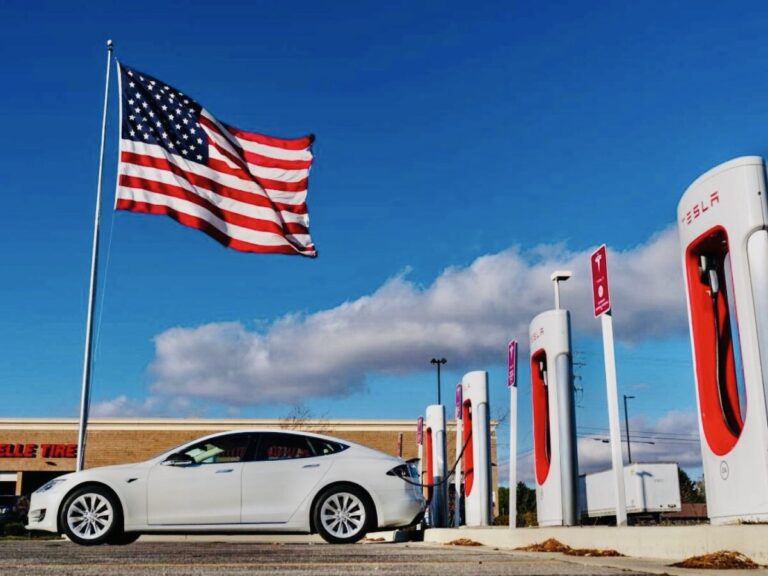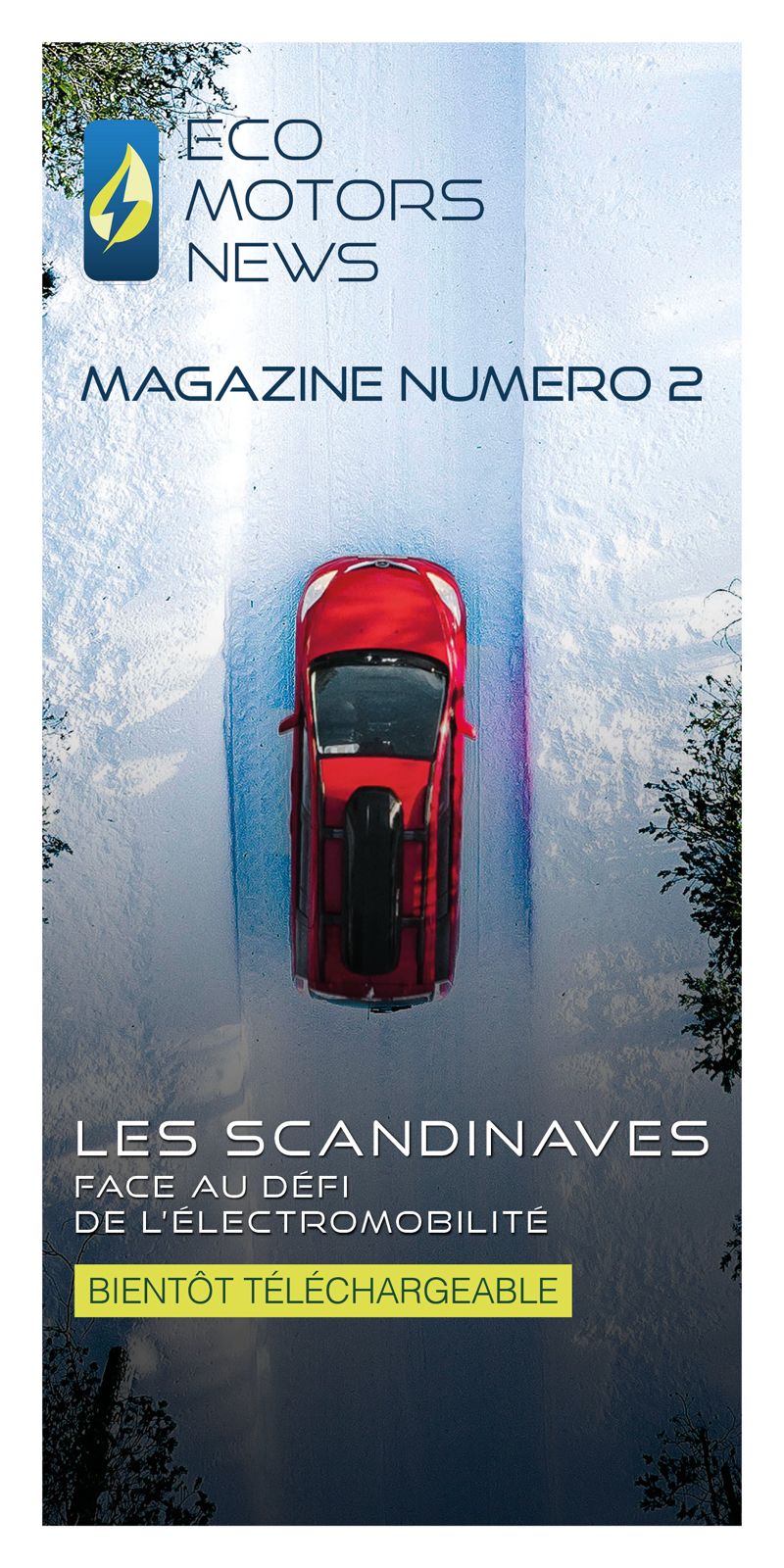France has embarked on a profound transition in its mobility model, with the ambition of converting its entire vehicle fleet to electric power by 2035. While this change is often presented as an unavoidable necessity, in reality it brings with it a host of technical, social and industrial challenges that few countries have fully grasped. Behind the official announcements highlighting the mass adoption of electric vehicles by the French, the situation is actually more nuanced, with cultural reluctance, sometimes contradictory political choices and constant strategic adjustments on the part of manufacturers.
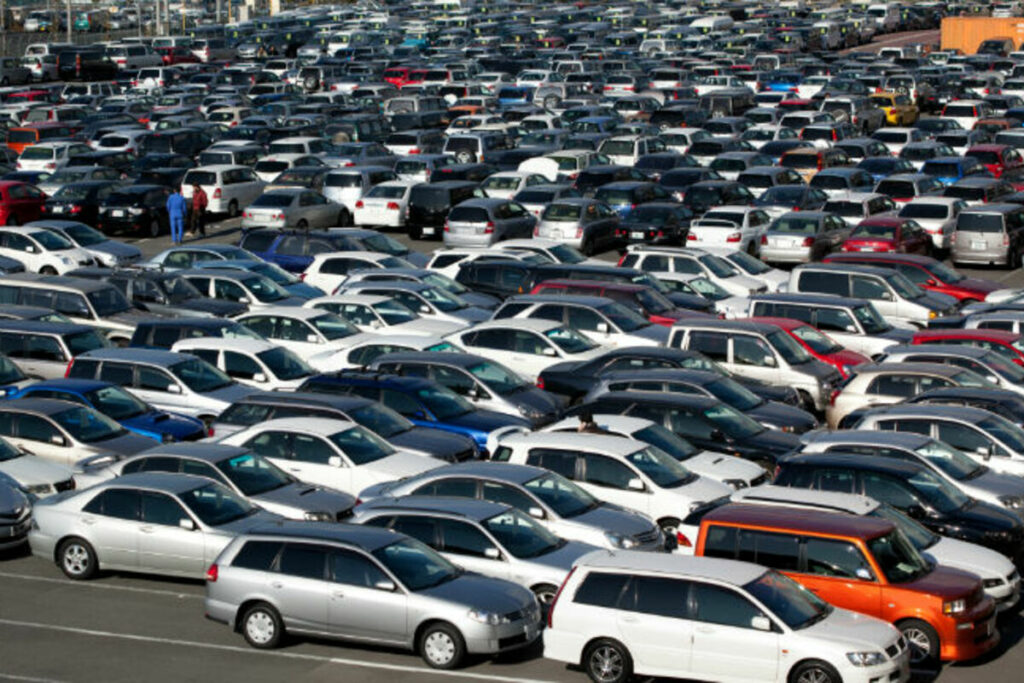
This dossier offers a detailed and critical analysis of public policies on electric vehicles, highlighting the many factors that influence government decisions. Although these choices are often justified by ecological imperatives, in reality they respond to wider issues, combining geopolitical, economic and industrial considerations, sometimes in tension with each other. Despite visible progress in terms of market share, this transition still faces major structural obstacles that are likely to limit its real impact, including on the environment.
A transition with multiple and complex motivations
The climate argument is often put forward, but it is not enough on its own to explain the choices made in terms of the automotive transition. Admittedly, transport accounts for around 30% of CO₂ emissions in France, but presenting the electric vehicle as a single, unavoidable solution raises a number of questions. Recent research, in particular that of the International Energy Agency in 2023, reminds us that the environmental impact of an electric vehicle depends on the country’s energy mix and its entire life cycle.
In France, where the majority of electricity comes from nuclear sources, the environmental argument is still relevant. However, it tends to overshadow other decisive considerations. According to figures from the Ministry of Ecological Transition for 2023, the country’s heavy dependence on oil imports – almost 99% of the crude oil consumed in France is imported – makes electrification a strategic lever for reducing energy vulnerability and the trade deficit. Recent spikes in fuel prices have underlined the urgency of this issue in a country where the car remains a mainstay of daily life.
The industrial battle: preserving a key sector of the French economy
Behind all the talk of a « just transition » and positive ecology, the very future of the French car industry is at stake. Domestic manufacturers, starting with Renault, have been slow to embrace the electric revolution, leaving the field wide open to Tesla and Chinese brands such as BYD and MG, which have taken a significant lead.
Since 2020, the French government has injected almost €7 billion, according to figures from the Cour des Comptes, to support both households and the sales of French groups. The decision to exclude vehicles produced outside the EU from the ecological bonus from January 2024 is a good illustration of the industrial stakes involved. Officially justified by the need to reduce the carbon footprint of shipping, this measure is designed to protect European manufacturers from the competitive pressure of more affordable Chinese models.
Ambitious public policies with contrasting effects
The bonus-malus system: between administrative complexity and inconsistencies
The French system is based on a pile of tax measures that have become difficult to understand. The ecological bonus has been reduced to €4,000 for low-income households, compared with €7,000 previously, and the conversion bonus has been abolished. On top of this, local aid varies from region to region, with eligibility criteria that change regularly, creating instability and confusion.
In addition to this complexity, there are some perverse effects: the ecological penalty, which has been capped at €70,000 since March 2025, penalises large families and professionals who need spacious vehicles. The bonus, meanwhile, excludes vehicles costing more than €47,000, limiting access to premium models for the upper middle classes.
Low Emission Zones: a social time bomb
The widespread introduction of Low Emission Zones (LEZ) in 45 major cities is fuelling tensions. While there is a consensus on the need to reduce pollution, the way in which they are applied raises issues of fairness. According to the Observatoire des Inégalités (March 2024), a modest household in the inner suburbs of Paris could have to invest three years’ median salary in a compliant vehicle.
The solutions on offer – public transport, cycling – are often unsuitable. For travelling professionals (tradesmen, carers, etc.), doing without a car is unrealistic. This measure risks deepening the divide between well-equipped city centres and outlying areas that are still dependent on the car.
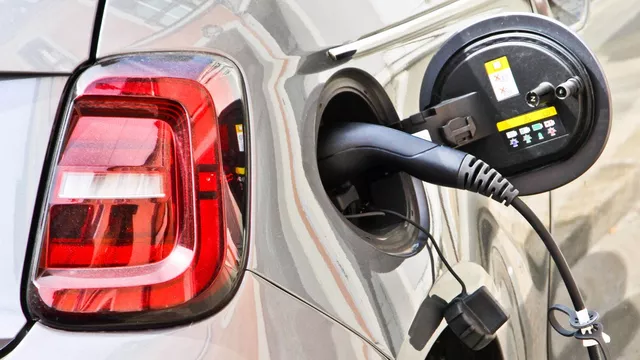
Commercial and professional vehicles: the big losers in the transition
The debate on the automotive transition continues to focus on private cars, even though commercial vehicles, which account for almost 60% of the vehicle fleet, are essential to the local economy. However, current electric models are struggling to meet needs: they have insufficient range once charged, take too long to recharge, and are prohibitively expensive for small businesses.
The bonus for commercial vehicles has been abolished, and local grants are largely inadequate. As a result, many small businesses are caught between the diesel ban and the lack of viable electric options.
A widening generational and territorial divide
The transition to electric vehicles is reinforcing inequalities. For older people living in poorly served areas, the car is still essential, but EVs are a source of anxiety: autonomy, recharging, new uses. Young working people in rural areas, meanwhile, are faced with a dilemma: keeping an old internal combustion vehicle or going into debt for a second-hand EV with uncertain range. This double divide highlights the as yet unresolved social and territorial challenges of the transition.
Towards a more balanced and realistic transition?
Faced with growing tensions, a more balanced approach is needed to avoid mass rejection. A number of levers can be envisaged:
- Creation of an independent observatory for EV prices and charging services to ensure transparency and combat abuse;
- Condition public aid on sobriety criteria (weight, autonomy, carbon footprint) to avoid supporting oversized models;
- Redirecting investment towards suitable alternatives: public transport in rural areas, organised car-pooling, utility bicycles, etc;
- Introduction of a moratorium on EPZs in areas where there are no credible alternatives, to give infrastructure time to develop.
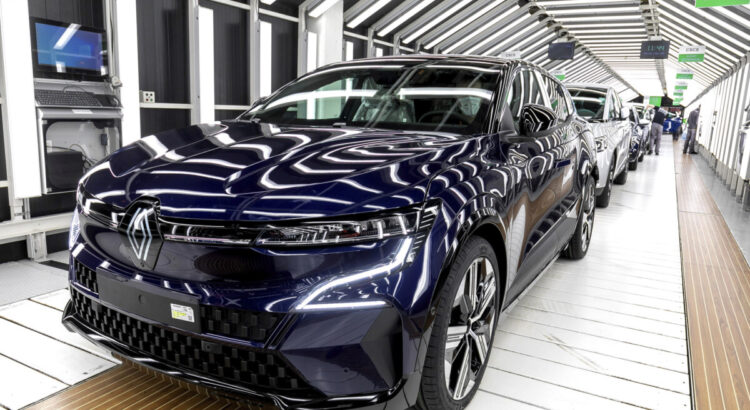
A challenge to be readjusted for a successful transition
In conclusion, while the policy of electrifying the car fleet reflects an undeniable environmental ambition, it suffers from a lack of adaptation to social and territorial realities. By favouring a technocratic approach, decision-makers have underestimated the cultural obstacles, disparities and economic constraints faced by millions of French people.
The success of this transition will depend on a rebalancing of policies, greater consideration of actual usage and, above all, a global rethink of our relationship with mobility. Without this, there is a great risk that long-lasting resistance will emerge, compromising the very commitment to sustainable mobility.

